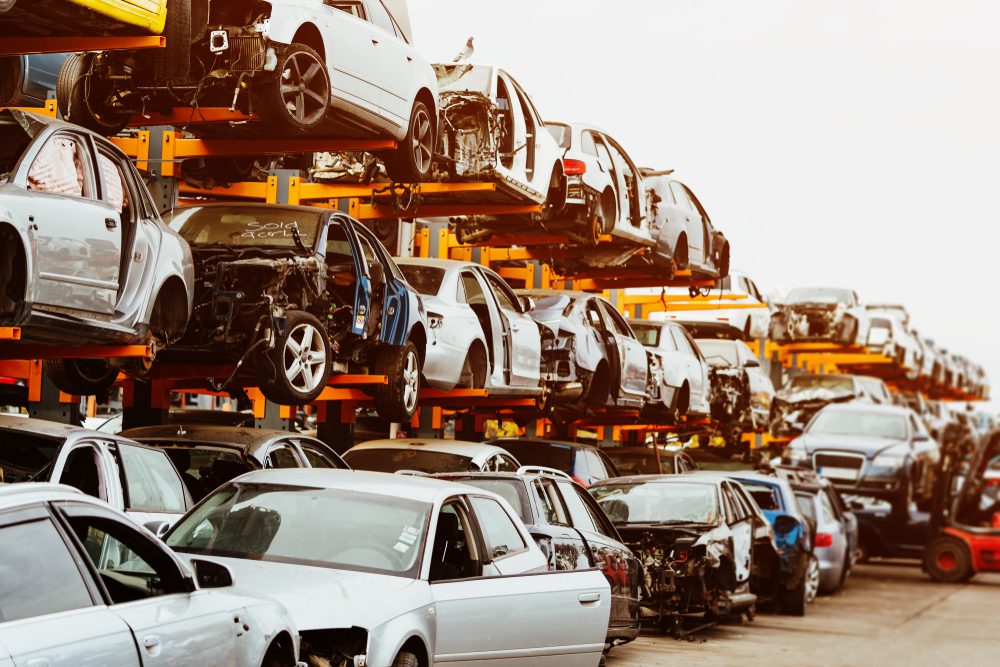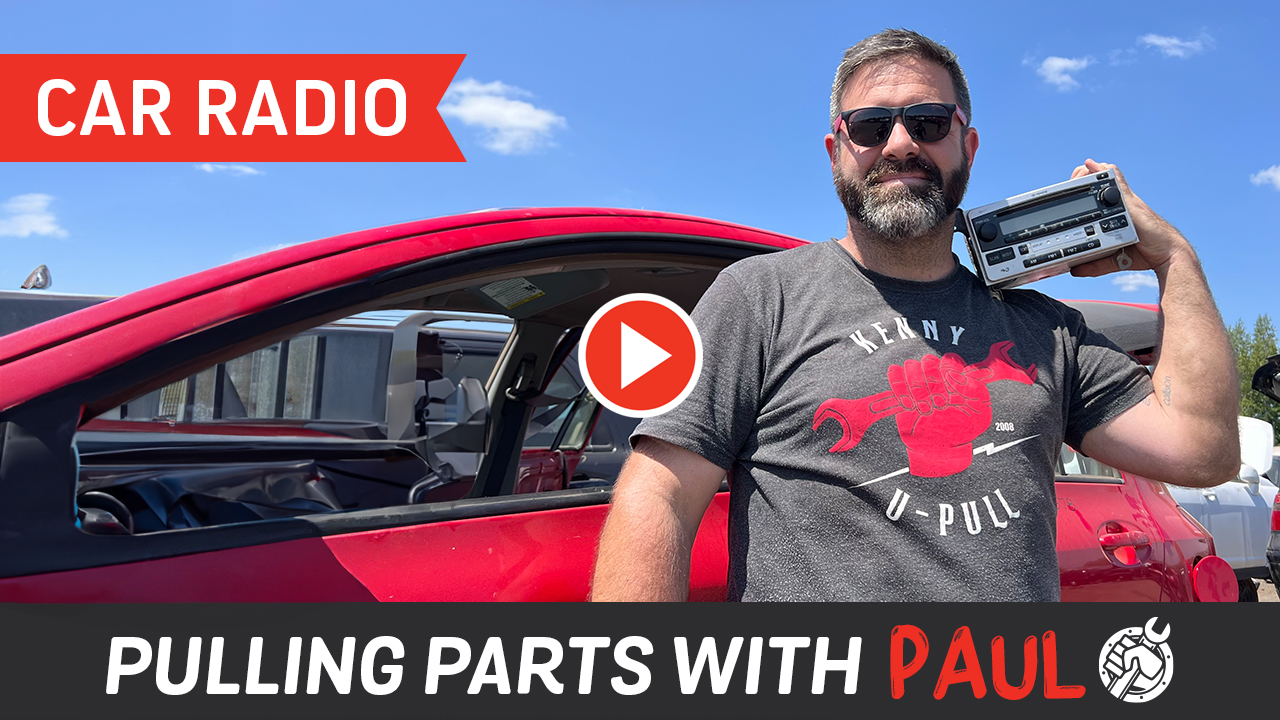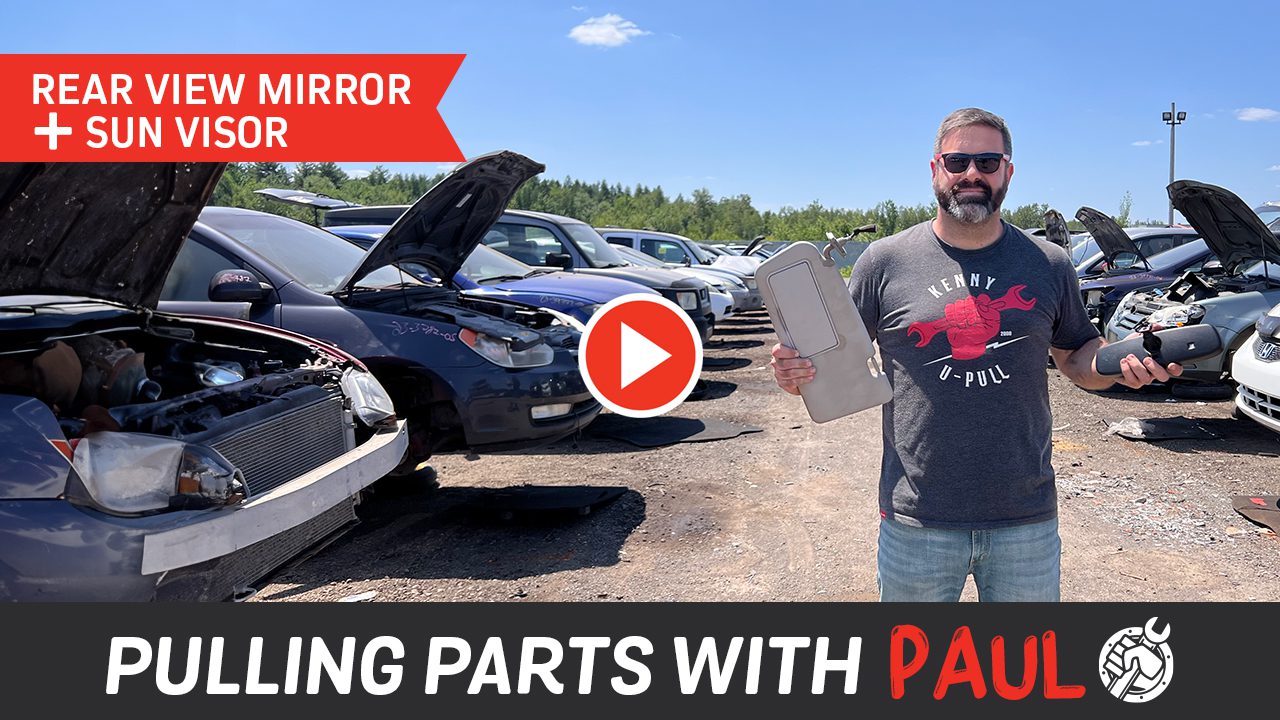
The Junkyard Business Model
To the general public, owning and running a junk yard doesn’t seem like a particularly lucrative or environmentally beneficial endeavor. After all, “how much could “junk” actually be worth?” Also, “aren’t junkyards filled with exposed puddles and open vats of oil, gasoline, and other toxic fluids that are dangerous to people and hazardous to the environment?” These types of beliefs and misconceptions have no basis in fact. In actuality, the junkyard business model is extremely profitable, as scrap and non-functioning cars are bought and resold for valuable spare parts and raw materials. Further, toxic fluids and potentially harmful substances are safely removed, resold, or disposed of at junkyards. This exercise in automotive recycling is an excellent boon to the environment from an industry that is often credited for its demise.
The Foundation of the Junkyard Business Model is Spare Parts
A majority of motorists can’t afford or don’t wish to spend expensive retail prices for spare parts like headlights, taillights, or even catalytic converters if they find themselves in need of one. Thankfully, they can visit a junk or scrap yard like Kenny U-Pull to find the exact part they need, in pristine condition, for anywhere between 20%-60% of its retail price. And here is where the bread and butter of the junkyard business model is revealed: spare parts!
These parts come from used, scrap, or non-functioning cars junkyards buy from the general public at market value. The junkyard team then scours the car for parts that are still functioning, and repair and refurbish them to perfect condition. They can then sell these parts individually at a price that is still well below retail, but high enough to achieve a profit. As far as business models go, the junkyard’s model is simple and effective!
The Depollution Effect
Cars are not just a mechanical amalgamation of metal, glass, and rubber. There are many vital, yet potentially hazardous chemicals and fluids a car houses in order to keep it functioning at optimum levels. Once the car ceases to function and is earmarked for disposal, these chemicals and fluids need to be safely removed first, well before the car is stripped for parts and materials.
Thankfully, junk yards are mandated by state, provincial, and federal agencies to safely remove all oils, lubricants, battery acids, gasoline, and even washer fluids from a car as soon as it arrives on their lot. This essential first step in the junkyard business model ensures that people, animals, and the environment are safe from the harmful effects of these fluids. Also, it allows the junkyard itself to either repurpose and resell these fluids or safely store them for a trip to a chemical treatment facility for proper disposal.
Raw Materials = Raw Profits
Even non-functioning scrap cars whose parts are too old or decrepit to be sold as “used” are a valuable source of raw materials. Steel, aluminum, tempered glass, and rubber can all be sold to recycling plants that will break down and repurpose them into anything from new car chassis to household appliances to decorative art pieces to playground insulation!
For more information on the junkyard business model, to inquire about a used car part or to sell your car today, contact Kenny U-Pull.


